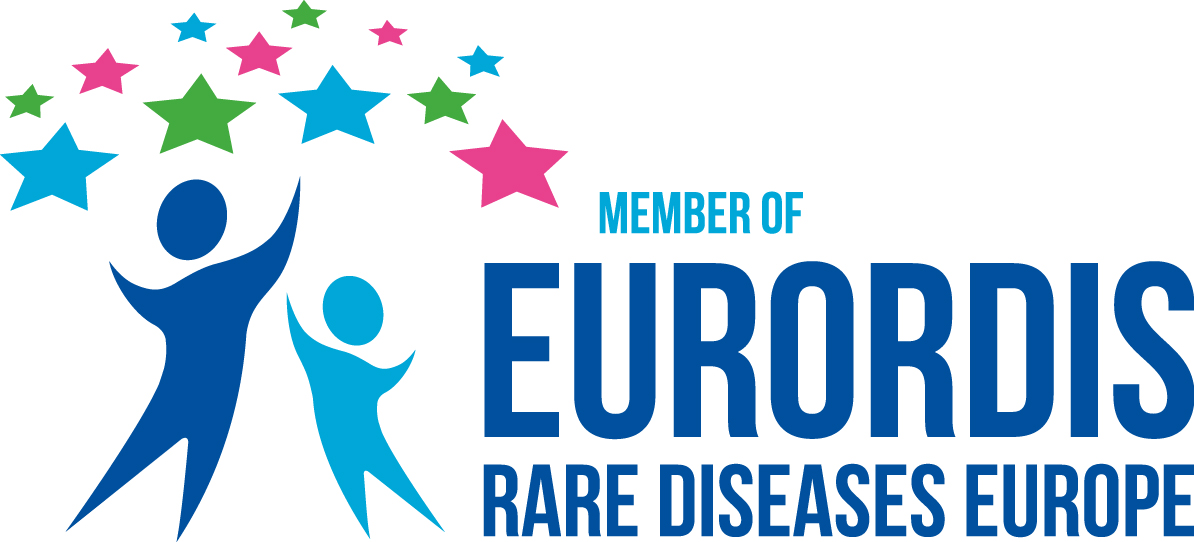
SSRA Advocacy Guide
Why Does Advocacy Matter?
The power of our advocacy lies within our Superficial Siderosis community. Using your voice to share your Superficial Siderosis story brings the needs of the worldwide SS community to the attention of research and medical professionals, along with your government officials. The SSRA needs your help to boost our message to the legislators charged with making the decisions concerning everything from getting a correct diagnosis to finding new treatments and, ultimately, a cure. Without your voice, legislators can’t effectively support policies that help you and your family experience a better quality of life.
Suggestions for Everyday
- Share the SSRA Facebook, Instagram, and Twitter posts to your personal network
- Volunteer to become a Regional Director in your area or state
- If you are not a U.S. resident volunteer to be an SSRA ambassador
- Become an administrator of your State SSRA Facebook page
Social Media Advocacy
Using hashtags # on Twitter and Facebook turns your post into a searchable link.
Hashtags allow everyone to find other content being shared about the same event. For example, all posts about Rare Disease Day would include #rarediseaseday.
On Twitter, you can mention a specific person in your tweet if you know their Twitter handle. Our Twitter handle is @livingwithSS. Go ahead and @ us!
Our Philosophy
U.S. law states a 501(c)(3) organization must be non-partisan and cannot make campaign contributions or political endorsements of candidates. The SSRA embraces our non-partisan status. Our volunteers work together for the common good of the worldwide Superficial Siderosis community.
We are the Rare Disorder Party
Talking Points
Discovering new treatments through research requires a long-term commitment. Patient and caregiver powered nonprofit organizations have emerged as key partners in ultra-rare disorder research by leading financial appeals to support research studies and clinical trials
Fiscal Impact on VA Health Services
A 2008 VA autopsy study identified previously undiagnosed Superficial Siderosis cases postmortem equal to 9% of the confirmed 2008 U.S patient population. 21.6 million veterans are in the VA Healthcare System as of 2014 with an estimated 22.8% at risk for the effects of trauma, TBI or neurodegeneration. Currently, the cost per veteran receiving chelation therapy for Superficial Siderosis is $93,000 annually with the negotiated wholesale VA drug price schedule.
Funding New Drug Therapies
Very few pharmaceutical companies are willing to explore an ultra-rare disorder given the small patient population. Ensuring long-term funding for researchers with rare disorder experience will lead to quicker patient identification, more effective drug therapies, improved fiscal benefits to the publicly funded portion of the healthcare system, and ultimately identify a way to stop and reverse the progression.
source:
Arnulf H. Koeppen, M.D, Albany VA Medical Research Program myhealth.va.gov
Social Security Disability Fast-Tracking Program medicare.gov
Fiscal Impact on Medicare/Medicaid
In 2018 Superficial Siderosis patients were eligible for disability SSDI fast-tracking due to the disabling nature. The chelation drug cost to Medicare for each Superficial Siderosis patient is an estimated $117,600 annually. SSDI regulations mandate a 24-month waiting period before an SSDI recipient is eligible for Medicare. This may force patients without access to private healthcare into State Medicaid programs.
Superficial Siderosis Research Alliance
Rare Disease Week on Capitol Hill 2021 Positions
Superficial Siderosis is an ultra-rare neurodegenerative disorder that is often misidentified as Multiple Sclerosis, Parkinson’s, or Multiple System Atrophy that affects a patient’s hearing, balance, and coordination (ataxia), and muscle weakness (myopathy). Most will be completely disabled by this disease. At present, there is no cure.
Anyone who experiences a head or neck trauma, TBI, or bleeding into the central nervous system could be affected by Superficial Siderosis and not realize it for years.
The SSRA supports the continued robust funding of the NIH. Rare disorders create a financial burden on families forced to support research and treatments by themselves.
We request that Congressionally directed Department of Defense medical research programs include a grant for the study of Superficial Siderosis to develop a protocol for screening soldiers that have suffered a head or spinal cord injuries in the line of duty. DOD support should be strongly considered due to the etiology of Superficial Siderosis and the slow long-term progressive nature. The evidence suggests military personnel and veterans could be at risk from past in-service injuries increasing the treatment burden on VA Healthcare facilities.
The SSRA is the sole US-based 501 (c)(3) non-profit to raise funds for medical research, public education, and awareness programs.



